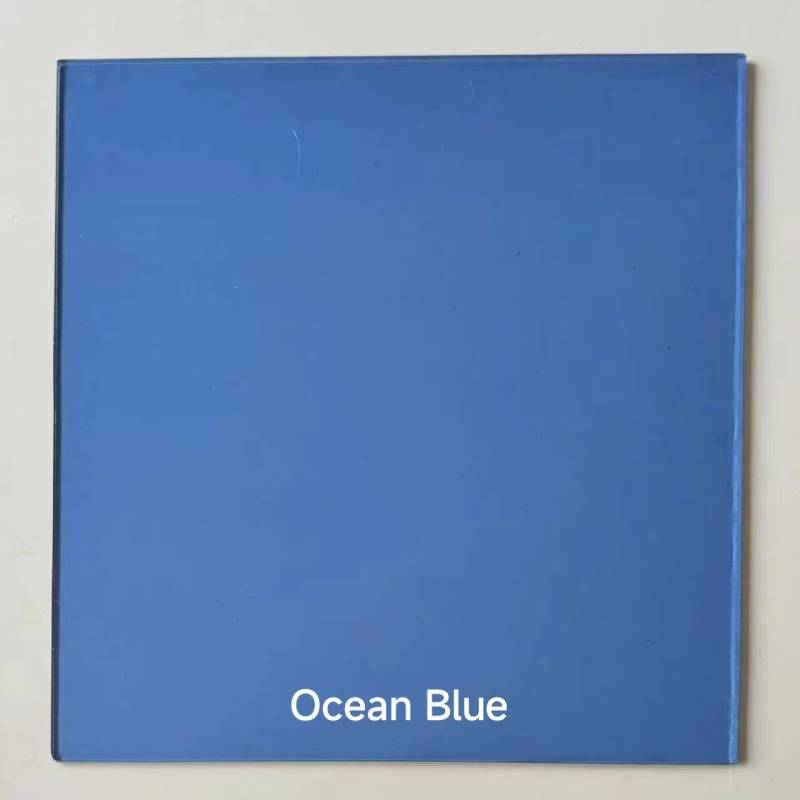Ultra transparent glass, a revolutionary breakthrough in the glass manufacturing industry, offers unparalleled clarity and quality, setting new standards for numerous applications. This type of glass, renowned for its minimal iron content, is a popular choice for both residential and commercial projects due to its unique combination of aesthetic appeal and functional benefits. Its applications range from architectural designs to high-tech displays, solar panels, and beyond.

With years of experience in the construction and digital display sectors, I have witnessed firsthand the transformative impact of ultra transparent glass. Clients who choose this glass option often report enhanced visual experiences, thanks to its ability to provide undistorted clarity. This quality not only enhances the aesthetic value of buildings and products but also ensures a higher level of functionality.
From a professional standpoint, the shift towards ultra transparent glass represents a significant technical advancement. Unlike traditional glass, which may present a greenish tint due to its higher iron content, ultra transparent glass boasts virtually no color distortion, allowing for true color transmission. This is particularly advantageous in applications where color fidelity is paramount, such as in art galleries or high-end retail environments.

Expertise in the field reveals that the production of ultra transparent glass involves highly specialized processes. These processes meticulously reduce iron impurities,
leading to its superior transparency and quality. This expertise, honed by leading manufacturers, ensures that each pane of ultra transparent glass meets rigorous standards, promising longevity and performance. For architects and designers, this glass opens up endless possibilities for creativity, enabling them to push the boundaries of design with its light-enhancing properties.
ultra transparent glass
The authority of ultra transparent glass is further endorsed by significant scientific research and industry standards. Reports consistently highlight its high visible light transmittance, often exceeding 91%, compared to the approximate 83% of standard glass. This increased transmittance offers energy efficiency benefits, making it an ideal choice for eco-friendly building projects. The glass’s ability to allow more natural light into spaces reduces dependency on artificial lighting, aligning with sustainability goals while enhancing the well-being of occupants.
Trust in ultra transparent glass is well-founded, with numerous case studies demonstrating its reliability across varied applications. In solar energy projects, for instance, using ultra transparent glass can enhance the efficiency of photovoltaic panels, optimizing energy absorption and conversion rates. This trust is echoed by industry leaders who consistently choose ultra transparent glass for projects where quality and performance cannot be compromised.
In conclusion, ultra transparent glass stands at the forefront of modern material technology. Its development marks a significant milestone, providing solutions that balance aesthetic desires with practical needs. As experts continue to refine its production and expand its applications, ultra transparent glass promises to remain a cornerstone of innovation in building and design. For professionals in construction, architecture, and technology fields, understanding and integrating this advanced glass option will be crucial for delivering projects that meet contemporary demands for quality and efficiency. Embracing ultra transparent glass not only elevates the standard of work but also aligns with a forward-thinking approach to sustainable and high-performance design.



